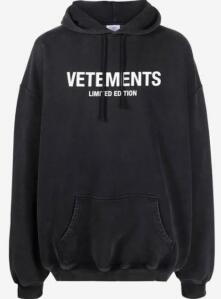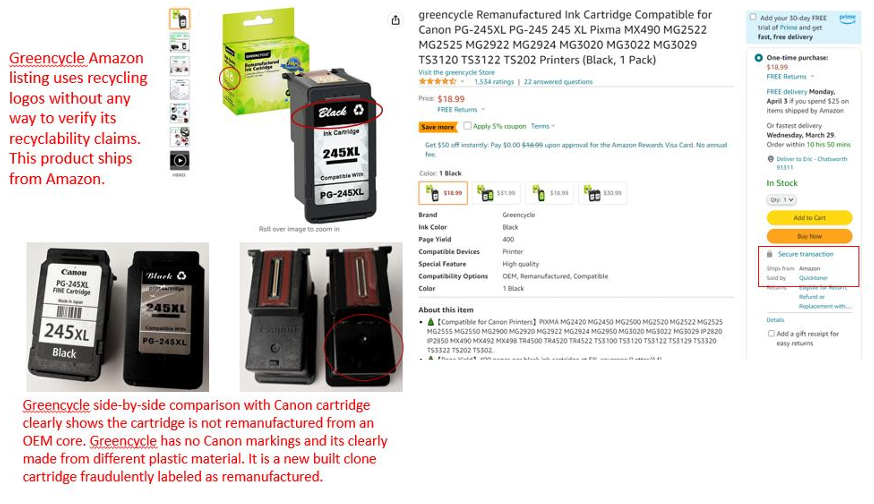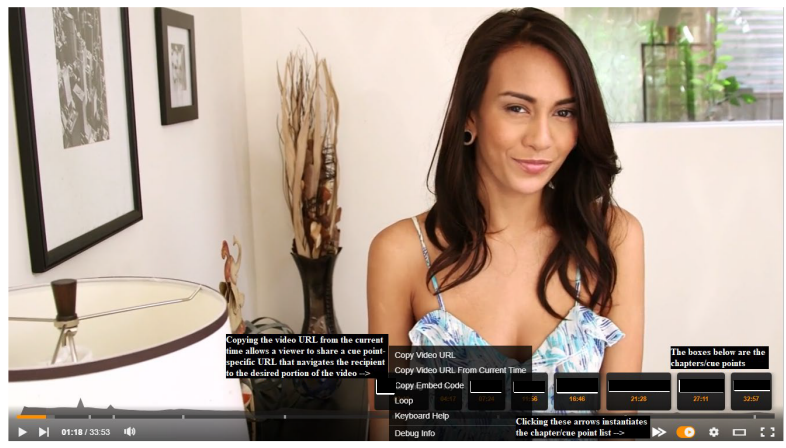by Dennis Crouch
The Solicitor General has urged the Supreme Court to deny certiorari in Vetements Group v. Squires, defending the PTO's practice of translating foreign-language marks into English to assess their protectability. The French fashion company petitioned SCOTUS for review after the Federal Circuit affirmed the TTAB's refusal to register VETEMENTS (the French word for "clothing") as a trademark for clothing and clothing-related retail services. The government's opposition crystallizes a fundamental dispute about whose understanding of the marketplace should control trademark registration: Should marks be evaluated as encountered by American consumers in their linguistic diversity, or should they be systematically translated into English to prevent monopolization of generic terms?
Beneath the doctrinal arguments lies a deeper tension between two competing visions of American identity. One tradition emphasizes English as the baseline language of American commerce, treating foreign terms as American consumers actually encounter them (often without understanding their meaning). The opposing tradition recognizes America's multilingual reality, where millions speak French, Spanish, and Chinese; and insists their understanding must count in the marketplace. The case asks the Court to choose: is there an "ordinary American consumer" who processes commerce in English, or are we a polyglot nation where linguistic diversity shapes how brands communicate meaning?
The focus here is the continued vitality of the "doctrine of foreign equivalents," a judicially created guideline that requires translation of foreign words from common modern languages to determine whether they are generic or merely descriptive. The Federal Circuit applied this doctrine to conclude that an "appreciable number" of American consumers would "stop and translate" VETEMENTS into "clothing," rendering it generic and thus ineligible for federal registration. Vetements Group argues this translation-first approach conflicts with 19th Century Supreme Court precedent treating foreign terms as inherently protectable and with the consumer-perception principle that the Court reaffirmed in USPTO v. Booking.com, 591 U.S. 549 (2020). The government responds that the doctrine reflects sound policy, has deep historical roots predating the Lanham Act, and was implicitly ratified by Congress in 1946.
To continue reading, become a Patently-O member. Already a member? Simply log in to access the full post.








